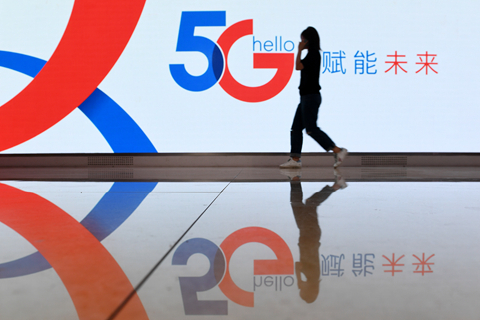China has been at the forefront of 5G networking, with the country already adopting the newer and faster bandwidth into its infrastructure. Now, the Asian nation is moving forward with 6G networking, while other developed nations like the US are still struggling to roll out 5G networking.

According to a NYPost report, the satellite Star Era-12 has a frequency band so high that it had to be tested in space to avoid signal disruption due to the atmosphere, as explained by the National Science Foundation’s Thyagarajan Nandagopal. At the moment, it is unknown just how fast the bands actually are, but it is estimated to be within the range of 100 to 500Ghz, which is about 100 times faster than 5G. This scale is similar to the 100 times faster jump moving from 4G to 5G, which is in line with with another report we had covered earlier this week.
Editor’s Pick: Apple iPhone 12 Pro Max and 12 Mini pass Durability Test with flying colors
The implications of 6G are also greatly varied, with its benefits being useful to a number of fields from telemedicine to national security. Furthermore, the new network would also give rise to newer technology and services that utilize the faster speeds, which can potentially bring in billions for the global economy. To put the high speeds into perspective, 6G is capable of downloading a high definition movie in just 8 seconds and 1,500 high resolution images in under a minute. A surgeon from New York can use robotics to operate on a patient in California or even be used to save a life in the battlefield through another robot.

Unfortunately, China’s lead in 6G networking might also end up dividing the global standards again. Back when 3G was still new, the US had adopted a different standard causing devices from the US to not function in abroad. Meaning, the US and Europe might just be holding the world back through their own standards, if China retains the 6G lead. in other words, “It would be like taking your laptop to Europe and having to buy an adapter.”
UP NEXT: Google Pixel 5 suffers from an issue with system volume, which is scaring users






